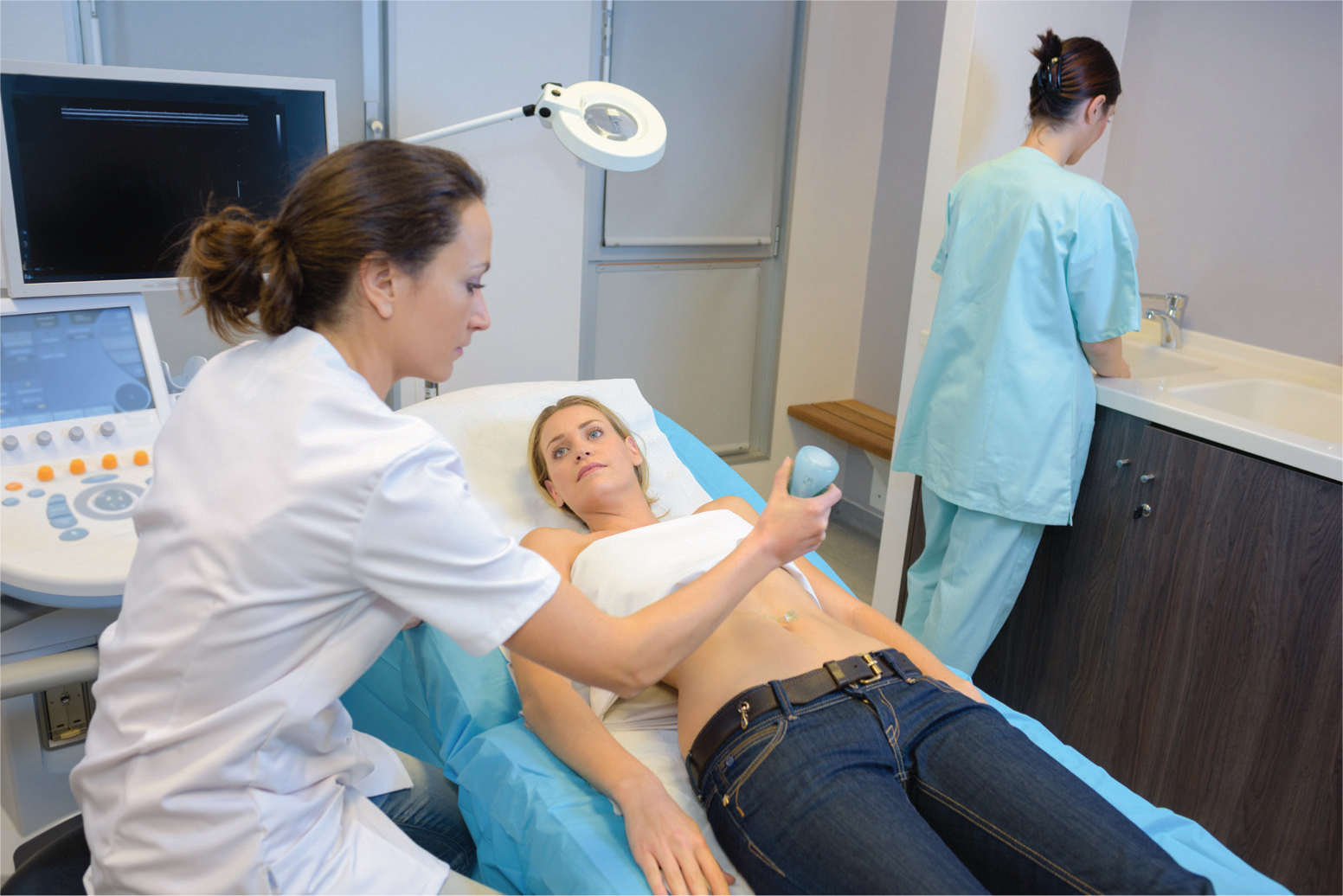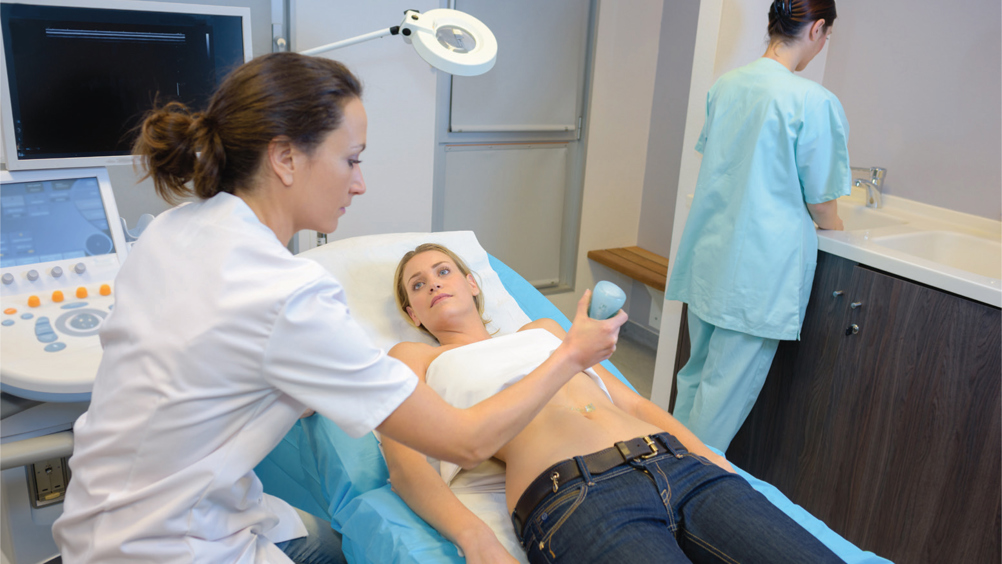The Professional Midwifery Advocate (PMA) role has been designed to deploy the Advocating for Education and Quality Improvement (A-EQUIP) model, which was formulated in 2016/17 (NHS England, 2017). Since 1902, statutory supervision of midwives has been an integral element of midwifery regulation. A change to midwifery legislation in April 2017 resulted in statutory supervision of midwives being removed. However, it was recognised that several non-regulatory elements of statutory supervision were highly valued by midwives and women, and so UK-wide task groups were established to develop a new model (Department of Health and Social Care, 2016).
The A-EQUIP model
The A-EQUIP model consists of four separate functions (NHS England, 2017):
The PMA is a new and fundamental leadership and advocacy role designed to deploy the A-EQUIP model. The role supports midwives through a continuous improvement process that aims to build personal and professional resilience, enhance quality of care and support preparedness for professional revalidation.
A-EQUIP was designed specifically for midwives working within NHS organisations. However, the scope of practice of a midwife, as described by the International Confederation of Midwives (2005), extends to midwives caring for a woman's sexual or reproductive health. Therefore, in the author's opinion, this should also be applicable to those working in areas outside of the NHS.
Why midwives leave the NHS
In 2016, the Royal College of Midwives (2016) investigated the reasons why midwives were leaving the NHS, and highlighted poor support, suboptimal staffing levels, being over-worked and a feeling of not being able to provide safe, quality care to women, as the most voiced reasons from NHS midwives.
A study by Wallbank and Woods (2012) examined the effects of unrecognised stress in the workplace and concluded that it led to an increase in sickness rates, reduced levels of morale, poor time keeping, poor decision making and, ultimately, a reduction in the quality and safety of care that women received.
These studies indicate the same trends running through midwifery, whereby the reasons that midwives are leaving the profession has remained unchanged over many years.
A more recent study, the Work, Health and Emotional Lives of Midwives (WHELM) study, commissioned by the Royal College of Midwives (2017), showed the two main reasons for midwives leaving the profession were suboptimal staffing levels and not having the resources to provide a good quality standard of care to women. In addition, this report also highlighted that there was a lack of effective clinical leadership across all levels and midwives often felt that they were not listened to or adequately supported.
The work undertaken on why midwives leave the NHS has very clear trends. However, there is limited research on whether these trends occur with midwives working in non-NHS organisations. An internally conducted staff survey at the British Pregnancy Advisory Services in 2018 showed similar trends were occurring. The response rate to the survey was 73%, and it found the two key areas where there had been a significant regression from previous years were in culture and leadership. This included staff not being listened to, inadequate staffing levels to provide a quality service, lack of compassion and understanding by leadership and management teams, and work-related stress.
Despite this being a single national non-NHS organisation study, it does indicate that the trends occurring within the NHS are also becoming evident outside of it. More studies need to be undertaken to look in more depth as to why this is occurring. However, it adequately supports the need for midwives to be able to access the same level of support as their counterparts in the NHS.
Kirkup (2015), in his enquiry into the poor standards of midwifery care at Morecambe Bay NHS Trust, identified what he called a ‘lethal mix’ of elements that contributed to adverse outcomes. These included poor working relationships, a failure to adequately risk assess, inadequate clinical competence and inadequate leadership. These are similar findings to the Francis Report on the Mid Staffordshire NHS Foundation Trust Public Enquiry (Francis, 2013).
The trends emerging from these reports indicate the need for cultural changes within midwifery, and for the profession to develop strategies to better support midwives and more effectively manage the service with compassionate and understanding leadership.
Introducing clinical supervision
Wallbank (2013) highlighted that high numbers of midwives identified stress as a cause for clinical concern in addition to organisational issues, including a lack of leadership support and poor working environments. By introducing restorative clinical supervision (RCS) within the workplace, it was found that midwives were able to take time to think about workplace issues and develop coping strategies. This led to improved positivity, less stress, and more compassion.
The Care Quality Commission (CQC, 2013) supports the use of clinical supervision within the workplace, as it has been shown to lead to better quality and outcomes from care. It enables staff to discuss their personal and professional responses to the demands of their work, and use it as a way of learning from practice and developing their own practice. This results in a better quality of care for clients. The CQC monitors both NHS and non-NHS care settings, and supports clinical supervision in all settings as a way of improving clinical governance, enhancing job satisfaction, staff retention and standards of care. This further adds to the argument to implement the PMA role and RCS outside of the NHS.
The role of the professional midwifery advocate
The PMA role is a new pivotal role in the support of midwives and, ultimately, the quality of care a woman receives. Restorative clinical supervision is led by PMAs and gives midwives the time and space to reflect, discuss, and challenge issues within their work. This in turn could increase positivity, challenge negativity, and lead to less stress and burnout. RCS encourages midwives to develop coping strategies, improve resilience and, ultimately, improve their working life.
The evidence in support of introducing the PMA role and RCS within the NHS is clear. However, there is little evidence to confirm the need in non-NHS organisations. Nevertheless, support for midwives should be available regardless of the environments in which they are working.
Wallbank (2013) feels that the availability of RCS to midwives involved in clinical incidents will enable a more positive approach to dealing with them, ultimately empowering the workforce.
Implementation
In the authors' experience of implementing the role for the first time in a non-NHS organisation, there were inherent challenges. Lack of awareness of the role both with midwives and non-midwives necessitated the need for clear channels of education. Midwives are often line managed by non-clinicians or non-midwives, sometimes with no midwives in an executive leadership position. This has its own potential for conflict. Despite this, the Executive Leadership Team at the author's place of work completely supported and advocated for this role to be developed within the British Pregnancy Advisory Services.
Effective RCS is influenced by a good, positive relationship between the PMA and midwife, but requires managerial support and understanding for it to occur. The experience of care a woman receives is based upon the positivity of the midwife caring for her and the clinical safety that underpins her care. The role of the PMA and RCS is an intrinsic part of this process.

As with any change in management, the implementation of the PMA role, A-EQUIP and RCS across a national organisation required a structured execution, but also requireed a defined way of assessing its effectiveness, through formal evaluation. It is imperative that this new process for supporting midwives and women becomes an accepted part of the midwifery profession and develops into a sustainable model, both within the NHS and outside organisations. The comments below from two midwives further illustrate the need for the PMA role.
‘I am very happy that BPAS have appointed a PMA. Especially as a nursing orientated non-NHS organisation, it is crucial that someone is there to be “on our side”, so to speak. There are plenty of midwives now within BPAS and I really felt like we needed to be represented within the organisation as midwives, to have a go to person that would understand and defend our specific role.’
‘I just wanted to inform you of a discussion I had during an interview of a prospective midwife practitioner. After asking the midwife how she intended keeping up to date, I mentioned and explained about your PMA role. The midwife was very happy to hear that BPAS has a practitioner who can support her professional needs. She stated that this made the job so much more attractive to her.’
Conclusions
After the demise of statutory supervision of midwives in 2017, NHS England developed the A-EQUIP model and the role of the PMA across NHS organisations. This remains largely a new concept being implemented across NHS maternity services. The implementation of A-EQUIP and the PMA role, including RCS, into a non-NHS organisation employing midwives is a completely new phenomenon, with no formal research to support or deter it. There is clear evidence to support the reasons why midwives are leaving the NHS, these reasons being transferrable to non-NHS organisations. Therefore, it is vital that the same issues are addressed to support non-NHS midwives. By implementing RCS and the PMA role, positivity can be encouraged, and the negative culture reduced.
Introducing the role in a non-NHS organisation with no senior midwifery leadership or understanding of the role is challenging and still ongoing. This is providing midwives with a process by which personal and professional resilience is improved, quality of care is enhanced, midwives experience greater job satisfaction and there is a cultural shift within the organisation.
Implementing the role across a national organisation with over 200 midwives has had and continues to have inherent difficulties. The role was launched as an internet article discussing A-EQUIP, the role and how to access RCS and the PMA. The focus was for midwives to read the information and access the PMA if they wanted to.
This has had variable success, with some midwives being conversant with the role and others having no knowledge of it. From the RCS sessions undertaken and asking for feedback, further education about A-EQUIP is needed for both midwives and managers. The role needs to be more visible, have increased networking and enhanced communication. There need to be clearer links with senior staff and strategic groups, for example Risk Management, so that it becomes normal practice for midwives involved in clinical incidents to be routinely offered access to the PMA and time is facilitated for RCS.
Enabling all this to occur would give clearer parameters for monitoring and evaluating the role, hence providing more substantive evidence of the effectiveness of it and its value for the organisation. Striving towards a fully implemented and effective PMA role will be a key determinant in ensuring high-quality, safe and continuously improving care through the development of a more healthy staff and team culture, and I look forward to the challenge.
I would like to give my thanks to the Director of Nursing, BPAS and the Director of Midwifery, Birmingham Women's And Children's NHS Foundation Trust for their support with the implementation of the PMA role, enabling non-NHS midwives to have access to the same level of support as their NHS colleagues.


